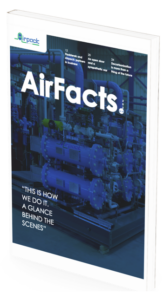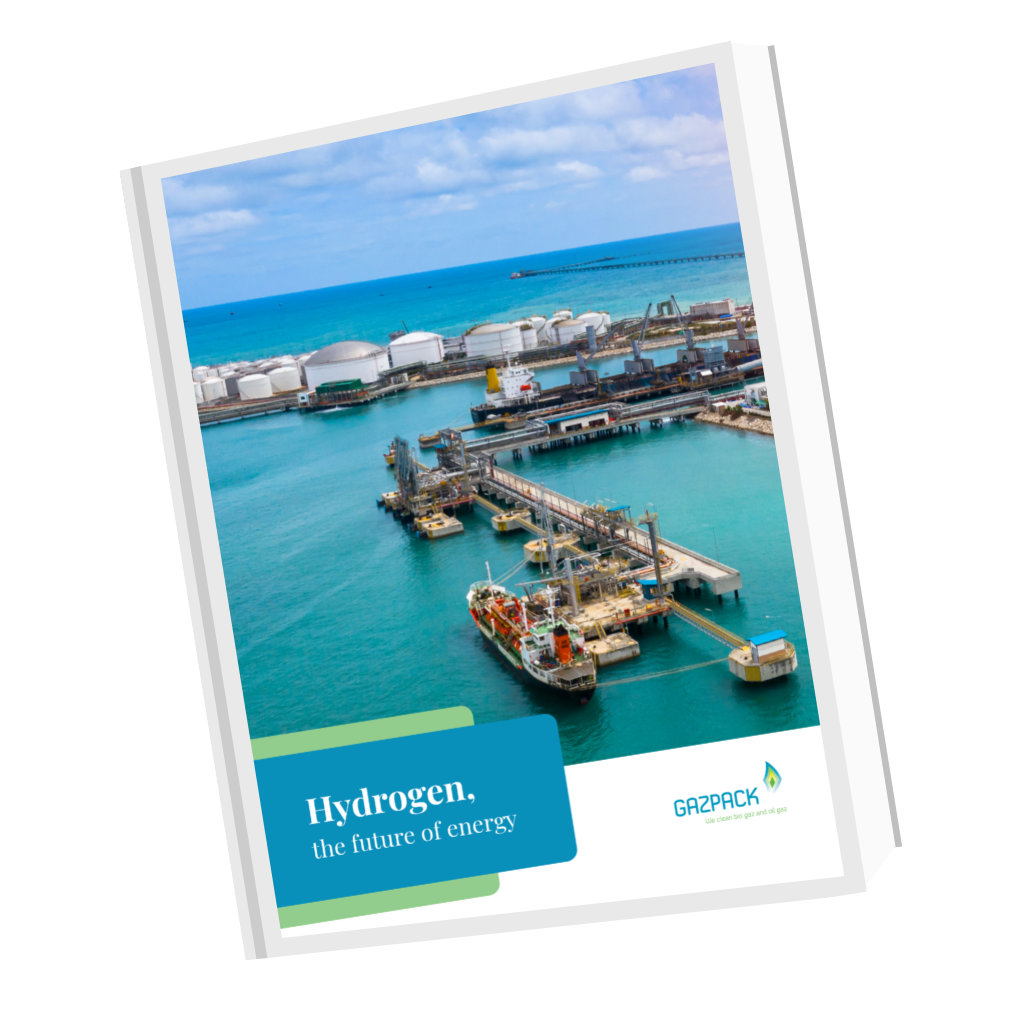Biogas Separation
Looking to explore the world of biogas processing and handling solutions? Get instant access to our documents about biogas technology.
The idea of biogas separation is understood in two different ways. Following the process of its creation, biogas must be segregated from the organic matter that gives rise to it. Subsequently, the unnecessary — even toxic — compounds in biogas must be set apart from the methane (CH4) in order to maximize the safety and efficiency of the biogas as an energy source. As biogas becomes a more popular recourse for those avoiding the further expenditure of fossil fuels, the prospect of making it as pure as possible is evolving from a highly desirable goal to an absolute necessity.
Biogas Origination
The cycle of life leaves no living matter untouched. Seeds germinate, are given birth, grow to maturity, deteriorate, die and decompose. While decomposition may appear to be the end of the line, it actually starts something new. With oxygen present, the organic materials break down to release certain gases. Yet when oxygen is removed from this chain of events, there is a difference in the gaseous harvest — methane is an end-product that is highly valuable as an energy source. This multi-step disintegration process is referred to as anaerobic digestion. A natural ocurrence that has been going on for aeons, anaerobic digestion is replicated now by human technology.
The rotting tissue that activates the digestive activity can be nearly any biodegradeable substance, though some are better CH4 producers than others. Egg shells, coffee grounds, watermelon rind, dead rabbits, combined corn stalks, rotten apples, goose droppings, fallen leaves and horse manure — and numerous other examples — count as digestible organic matter. Once buried, otherwise dispossessed of oxygen, these materials host bacteria that degenerates the matter, or substrate, into acidic and gaseous compounds. Finally, biogas, i.e. a mix of methane, carbon dioxide, eater vapor and a few other minor gases, is released from the substrate heap.
In a natural environment, this gas dissipates into the atmosphere. Yet humans have long understood the potential for biogas as a source of light and heat. More recently, researchers have perfected biogas as a source of electricity and automotive fuel. Today, anaerobic digesters of all types and sizes work to power electrical grids, heat homes and commercial buildings, as well as set cars, trucks and buses in motion. Before these applications, though, the biogas must be collected from the anaerobic digester. This is the first manifestation of separation.
Biogas Collection
Although, as noted, digesters are built to different scales and purposes. However, each operates on the knowledge that the biogas will rise to the top of the digester tank while the liquid and solid substrate — soon to become digestate — occupy the lower regions due to their higher densities. The gas, then, is free to exit the digester component of the system via a gas pipeline that leads to further treatment. The treatment is important because it makes the biogas not only safer to use but also a more potent source of energy for end-users.
The leftover digestate can consist of solid matter, liquids or a combination of both. Under ordinary conditions, the different material forms are isolated from one another before any additional processing takes place. Digestate can become a variety of useful applications, not the least of which is a beneficial fertilizer for agricultural crops. In some soils, in fact, digestate ash works as well or better than raw manure in terms of harvest yield. Other uses for digestate include animal bedding and base material for bioplastics and other manufactured goods. These utilizations go far in enhancing the management of waste, particularly on farms.
Separating Biogas Compounds
If biogas is to be exploited in a manner that neither threatens the public health nor the vessels that hold and transport it, then certain compounds are best eliminated from the content. Sulphur compounds, siloxanes, water vapor and carbon dioxide (CO2) can each be problematic to the transport, storage and combustion of the methane in biogas. Some, like hydrogen sulfide, can induce serious respiratory problems — even death — when humans are exposed to it. Siloxanes can disrupt the operation of combustion engines while CO2 inhibits efficient storage and transport of biogas. For these reasons, and more, methods have been refined to remove the destructive compounds from collected biogas.
Pressing a stream of gas through liquid solutions, the ammonia-derived contents which absorbs the harmful gas molecules, is but one effective biogas separator. Another removal procedure involves cooling and pressurizing the biogas in a way that condenses and frees the contaminant compounds from the CH4. Membranes of diverse materials, in yet another approach, allow smaller pollutant gas molecules to pass through while trapping the larger CH4 molecules. Finally, treated solids like activated carbon can attract contaminant molecules to their surfaces thereby improving biogas quality.
In Summary
The release of biogas begins the separation from the remains of its organic matter. Yet that is not the end of it because biogas itself is ill-used, or even dangerous, unless its methane is further separated from less abundant, though more damaging, compounds in the biogas. Fortunately, multiple techniques exist to purify the biogas so it can serve as a safe and competent renewable source of energy. The good news is, the biogas record speaks for itself.




